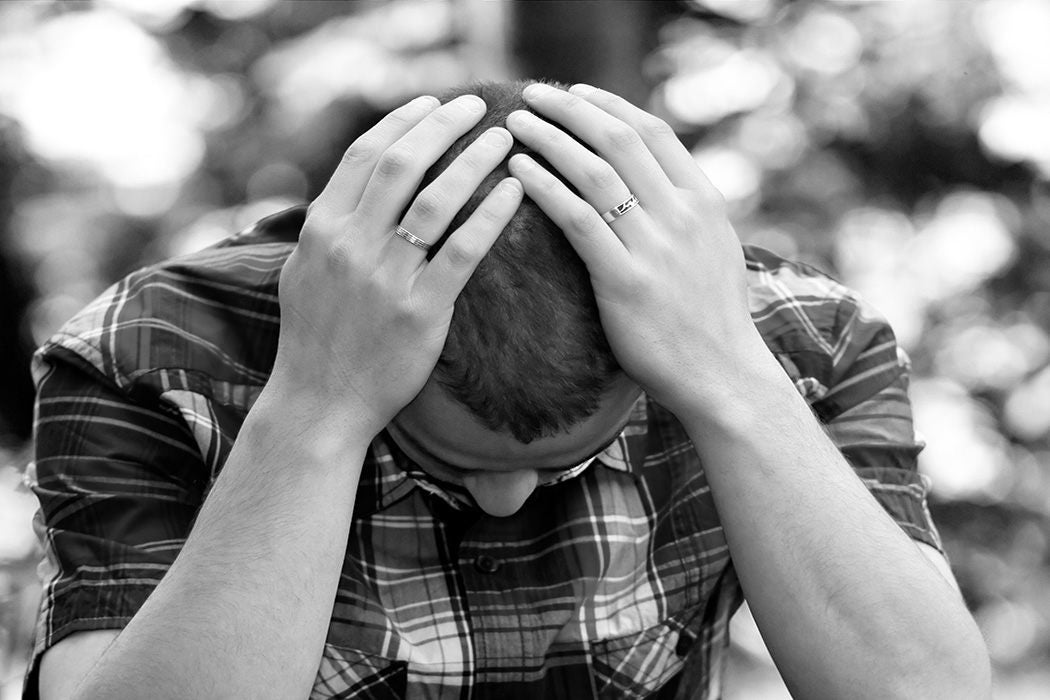In The News
Anxiety is on the rise in the general populace, says Will Hutton in this weekend’s Guardian. With the UK’s “mental health champion” being fired from her advocacy post, and the closure of a “good news” newspaper after just two months, it seems fear and worry is on everyone’s mind:
For a generation the doctrine has been that the quest for a common good – in schools, in unions, in the delivery of public services – should be trumped by the expression of choice. The result is the anxiety epidemic. It can’t and won’t go on.
Hutton focuses on youth who develop disordered responses to stressors, especially the pressures of school, body image, and career choices. Anxiety is up in all ages, though, and there’s evidence that mental health problems pass from parent to child.
It’s important to make a distinction between generalized anxiety disorder, related mood disorders such as post-traumatic stress disorder, and a social focus on doom and gloom. There are also many different causes of diagnoses. Recent research has focused on a few.
Further Reading in JSTOR
First, there is a relationship between dangerous careers (such as in emergency response or the military) and eventual PTSD and mood disorders. A team of researchers in Epidemiology compared Gulf War veterans to military personnel who had not been in action, and the general public. They found distinct qualitative responses and diagnoses depending on the soldiers’ experiences:
Veterans exposed to intensive combat might develop posttraumatic stress disorder, whereas those with less intensive exposures might develop panic disorder or generalized anxiety disorder.
The authors discuss whether social services should focus on people identified as especially vulnerable: pre-existing mental health concerns, as well as social determinants, can predict responses to traumatic situations:
Some of the most important predevelopment factors included prior treatment by a mental health professional, having taken psychotropic medication, having been psychiatrically hospitalized, or having prior diagnoses of depression, anxiety, or some medical condition.
Second, there is an increased focus on both terrorism and the fear of it, and their relationship to mental health. We can measure anxiety disorders in urban dwellers after 9/11; more than that, a group of authors in Child Development measured how mothers’ mental health issues affected their children after the trauma of the World Trade Center attacks. Parents with anxiety issues can, unfortunately, have a measurable effect on the behavior of their children, and it can easily become an intergenerational issue:
The children of mothers with co-occurring probable depression and PTSD had the highest rate of clinically significant behavior problems compared to children of mothers with depression and to the children of mothers with neither disorder…. Emotionally reactive behavior problems and aggressive behavior problems appear to be the most saliently associated with co-occurring maternal PTSD and depression.
The implications are very serious, and the authors have recommendations for social services’ efficacy:
Particular attention should be given to identifying mothers with co-occurring depression and PTSD when developing a strategy to identify very young children who are at risk subsequent to terrorism exposure.
We can also see the family-wide effects of civilian disasters: for natural tragedies, such as the wildfires currently devastating Fort McMurray, Alberta, or the rising rate of public gun violence, the long-term effects haven’t yet been adequately studied.
George Bonanno, Chris Brewin, Krzysztof Kaniasty, and Annette La Greca have typified psychological responses to disaster as a combination of “risk” and “resilience” factors. This detailed study concludes with a number of policy implications—not just for identifying those at risk of anxious symptoms after disaster, but also in terms of when those symptoms manifest, and when treatment is most effective:
Currently, the most common form of immediate psychological intervention consists of a single session, described most commonly as psychological debriefing or critical incident stress debriefing (CISD)…. however, the outcome data on CISD in the aftermath of disaster and of trauma more broadly defined have consistently failed to support its effectiveness. Indeed, multiple studies have shown that CISD is not only ineffective but, as suggested earlier, in some cases can actually be psychologically harmful.
Bonanno et al.’s research spans SARS, 9/11, the 2004 tsunami in Southeast Asia, an assortment of floods and earthquakes, plane crashes, train derailments, as well as the bereaved and those who had survived suicide attempts. Their suggestions for community-based interventions for up to several years after a disaster, including separate mental-health risk identifiers for adults and adolescents, are hard to ignore.







